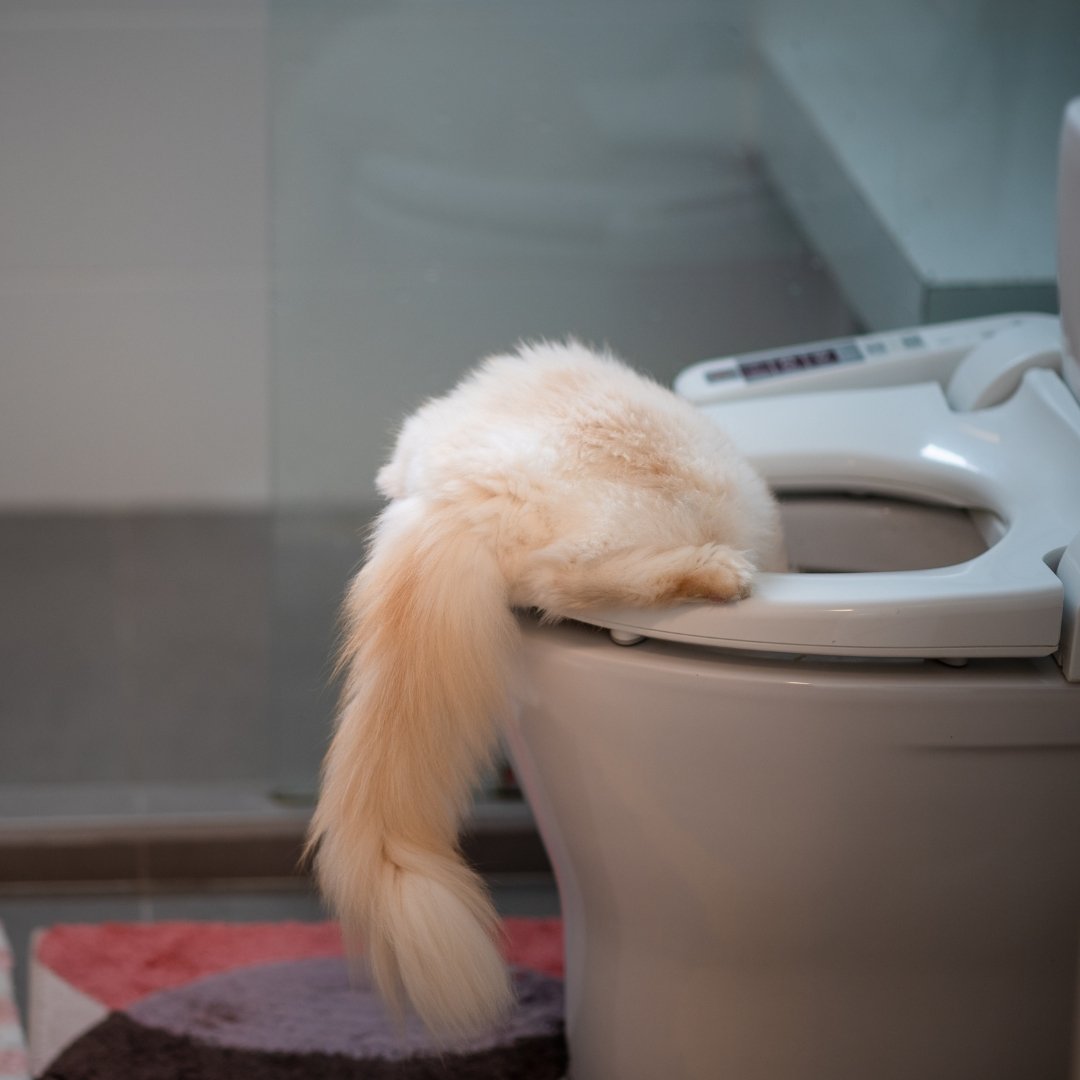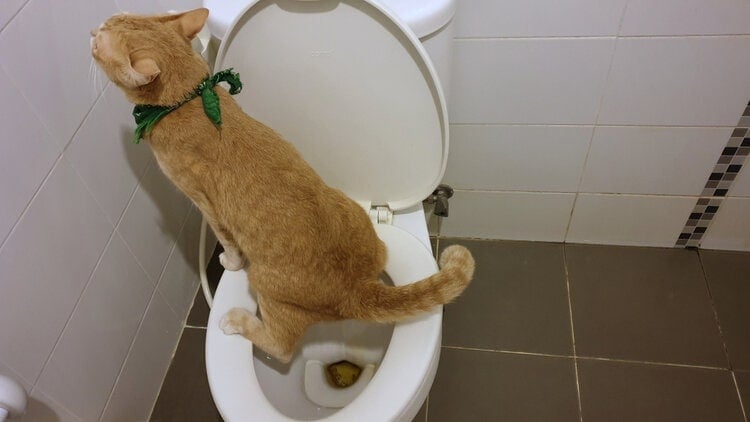What are your concepts about Don’t flush cat feces down the toilet?

Intro
As feline proprietors, it's vital to bear in mind exactly how we throw away our feline friends' waste. While it might seem convenient to flush cat poop down the bathroom, this method can have destructive repercussions for both the environment and human wellness.
Ecological Impact
Purging pet cat poop presents hazardous pathogens and parasites into the water system, posturing a substantial threat to marine environments. These pollutants can negatively influence marine life and compromise water quality.
Health and wellness Risks
Along with ecological problems, purging pet cat waste can additionally present health and wellness risks to humans. Pet cat feces might consist of Toxoplasma gondii, a bloodsucker that can trigger toxoplasmosis-- a potentially extreme health problem, particularly for expectant ladies and individuals with damaged immune systems.
Alternatives to Flushing
The good news is, there are much safer and more accountable means to take care of cat poop. Take into consideration the following alternatives:
1. Scoop and Dispose in Trash
One of the most usual technique of disposing of feline poop is to scoop it right into a naturally degradable bag and throw it in the trash. Be sure to utilize a devoted clutter scoop and get rid of the waste immediately.
2. Usage Biodegradable Litter
Select eco-friendly pet cat trash made from materials such as corn or wheat. These trashes are environmentally friendly and can be safely dealt with in the garbage.
3. Hide in the Yard
If you have a lawn, think about burying pet cat waste in an assigned area far from vegetable yards and water sources. Be sure to dig deep adequate to avoid contamination of groundwater.
4. Mount a Pet Waste Disposal System
Purchase a pet garbage disposal system specifically made for cat waste. These systems make use of enzymes to break down the waste, reducing smell and ecological effect.
Conclusion
Accountable pet dog ownership prolongs past giving food and shelter-- it additionally entails proper waste management. By refraining from purging feline poop down the commode and going with alternative disposal methods, we can minimize our environmental footprint and protect human health.
Why Can’t I Flush Cat Poop?
It Spreads a Parasite
Cats are frequently infected with a parasite called toxoplasma gondii. The parasite causes an infection called toxoplasmosis. It is usually harmless to cats. The parasite only uses cat poop as a host for its eggs. Otherwise, the cat’s immune system usually keeps the infection at low enough levels to maintain its own health. But it does not stop the develop of eggs. These eggs are tiny and surprisingly tough. They may survive for a year before they begin to grow. But that’s the problem.
Our wastewater system is not designed to deal with toxoplasmosis eggs. Instead, most eggs will flush from your toilet into sewers and wastewater management plants. After the sewage is treated for many other harmful things in it, it is typically released into local rivers, lakes, or oceans. Here, the toxoplasmosis eggs can find new hosts, including starfish, crabs, otters, and many other wildlife. For many, this is a significant risk to their health. Toxoplasmosis can also end up infecting water sources that are important for agriculture, which means our deer, pigs, and sheep can get infected too.
Is There Risk to Humans?
There can be a risk to human life from flushing cat poop down the toilet. If you do so, the parasites from your cat’s poop can end up in shellfish, game animals, or livestock. If this meat is then served raw or undercooked, the people who eat it can get sick.
In fact, according to the CDC, 40 million people in the United States are infected with toxoplasma gondii. They get it from exposure to infected seafood, or from some kind of cat poop contamination, like drinking from a stream that is contaminated or touching anything that has come into contact with cat poop. That includes just cleaning a cat litter box.
Most people who get infected with these parasites will not develop any symptoms. However, for pregnant women or for those with compromised immune systems, the parasite can cause severe health problems.
How to Handle Cat Poop
The best way to handle cat poop is actually to clean the box more often. The eggs that the parasite sheds will not become active until one to five days after the cat poops. That means that if you clean daily, you’re much less likely to come into direct contact with infectious eggs.
That said, always dispose of cat poop in the garbage and not down the toilet. Wash your hands before and after you clean the litter box, and bring the bag of poop right outside to your garbage bins.
https://trenchlesssolutionsusa.com/why-cant-i-flush-cat-poop/

I ran across that write up on How to Dispose of Cat Poop and Litter Without Plastic Bags while doing a search on the internet. Sharing is caring. You won't know, you may be helping someone out. I take joy in reading our article about Don’t flush cat feces down the toilet.
Book Service